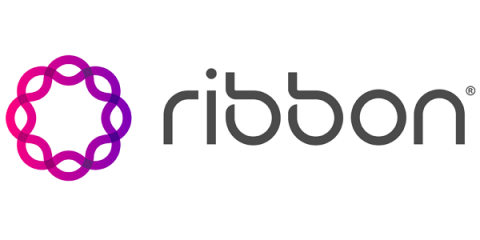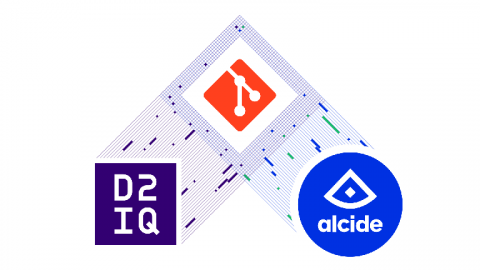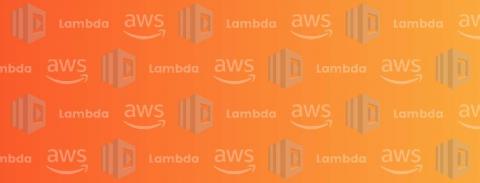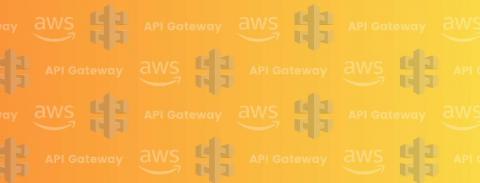Cloud cost optimization with 2020 hindsight
The first half of 2020 has turned “business as usual” on its head, underscoring the criticality of both the cloud and cloud cost management in our digital era. For the last 16 years, the world of IT has been gradually moving from on-premise data centers to the public cloud, with SMBs and enterprises alike, drawn to the promise of scalability and potential cost-savings.











